Above: Fashioning America: Grit to Glamour, edited by Michelle Tolini Finamore.
Read (or listen) along with us. #AlabamaChaninBookClub
(Updated August 21, 2023)
Some of the links below contain affiliate links. By purchasing a book or audio recording at these links, Alabama Chanin, The School of Making, and Project Threadways may receive a portion of the purchase price. Thank you.
Summer 2.0: The August Edition
Tom Lake, Ann Patchett’s new book—read by Meryl Streep. I’ve listened to favorite parts over and over again. It reminds me in equal parts of Out of Africa and Cookie’s Fortune, two movies I’ve always loved where Streep has defining roles.
Black Folk by Blair LM Kelley is a beautiful and important read about the soul of a family and the role of craft in a growing America. Kelley is the new director of the Center for the Study of the American South at the University of North Carolina in Chapel Hill. We are looking forward to visiting the Center one day soon with Project Threadways.
(Look for the Fall 2023 issue of Southern Cultures: Climate coming soon. I wrote a short piece for this work about the Tennessee River, which includes a photograph by Robert Rausch. More on this and the exhibition in the coming days.)
While this is not a book, I’ve spent some time recently on a deep dive into the work of Yayoi Kusama and love this short film from the Tate. A visit to the new museum is on my bucket list, and the Instagram account could be read like an art book. Of course, the movie, Kusama | Infinity.
“From the point of view of one who creates, everything is a gamble, a leap into the unknown.” – Yayoi Kusama
Like everyone else in the world, I’m obsessed with Kusama the artist and Kusama the woman.
(Also, I’m waiting patiently—or not so patiently—for Simone Leigh to drop October 03, 2023.)
I am at the very beginning of When Breath Becomes Air by Paul Kalanithi. The winding language is an escape from the everyday. Inspiring.
More very soon,
xoNatalie
The Blue Sky Summer List:
Fashioning America: Grit to Glamour, edited by Michelle Tolini Finamore, a catalog for the exhibition which began at Crystal Bridges and is now, newly installed, at the New Orleans Museum of Art. The show includes more than 100 objects and amplifies the voices of Indigenous, Black, immigrant, and women designers—a garment from the Alabama Chanin collection is now on display as part of the show. Learn more and get tickets here.
Michelle made a recent visit to The Factory; it was wonderful to spend time discussing all of her works. See more here.
The Covenant of Water by Abraham Verghese—yes, the one of Oprah fame. It is long and delicious—perfect for summer days and nights.
Verghese’s stories reminded me so much of Isabel Allende that I proceeded with a deep dive into The Japanese Lover, The Wind Knows My Name, and, now, The House of Spirits (for the fourth, or maybe fifth, time).
Listen to her interview with Julia Louis-Dreyfus on Wiser than Me.
Outlive: The Science and Art of Longevity by Peter Attia. I’m not sure what I expected, but I’ve found this work surprisingly good and entertaining. It has certainly inspired me to work more on muscle stability, improving sleep, and practicing emotional health. I’ve dipped into Peter’s podcasts off and on for some time, and like the podcast, the book (which I listened to first) has some real gems. I did wind up purchasing the physical book as I need time to sit and study the science; however, as the subtitle says, there is also an art to the pursuit of a life well lived.
I can’t get enough of Between Worlds: The Art of Bill Traylor by Leslie Umberger. My friends Ann and Scott, from High Wire Distilling, piled the table with books (this one included) during an early summer dinner at their home in Charleston, South Carolina. I was hooked and ordered the book that night.
If you’ve never been to visit their distillery, put it on your bucket list. Aside from delicious food, beverage, and gatherings, they have an incredibly beautiful collection (and giant wall) of American Folk Art—including works from Traylor and so many other important artists and makers. Their collection and Between Worlds by Umberger are part of the inspiration for my idea of Blue Sky Summer—indigo, hikes, space, time, designing, writing, and sky-gazing. Sigh.
(Thank you, Ann and Scott—sending love and Blue Skies your way!)
Last, but certainly not least, I’ve been incredibly inspired by Glenn Adamson’s Craft: An American History—about the origins of the United States of America through the lens of our craftspeople. There is so much to unpack in this important book. The truth is that Adamson has so many important works; I find myself wanting to sit with him and ask a 1,000 questions.
Wishing a Blue Sky summer to all,
xoNatalie
Please share any books we should add to our upcoming reading lists in the comments below.
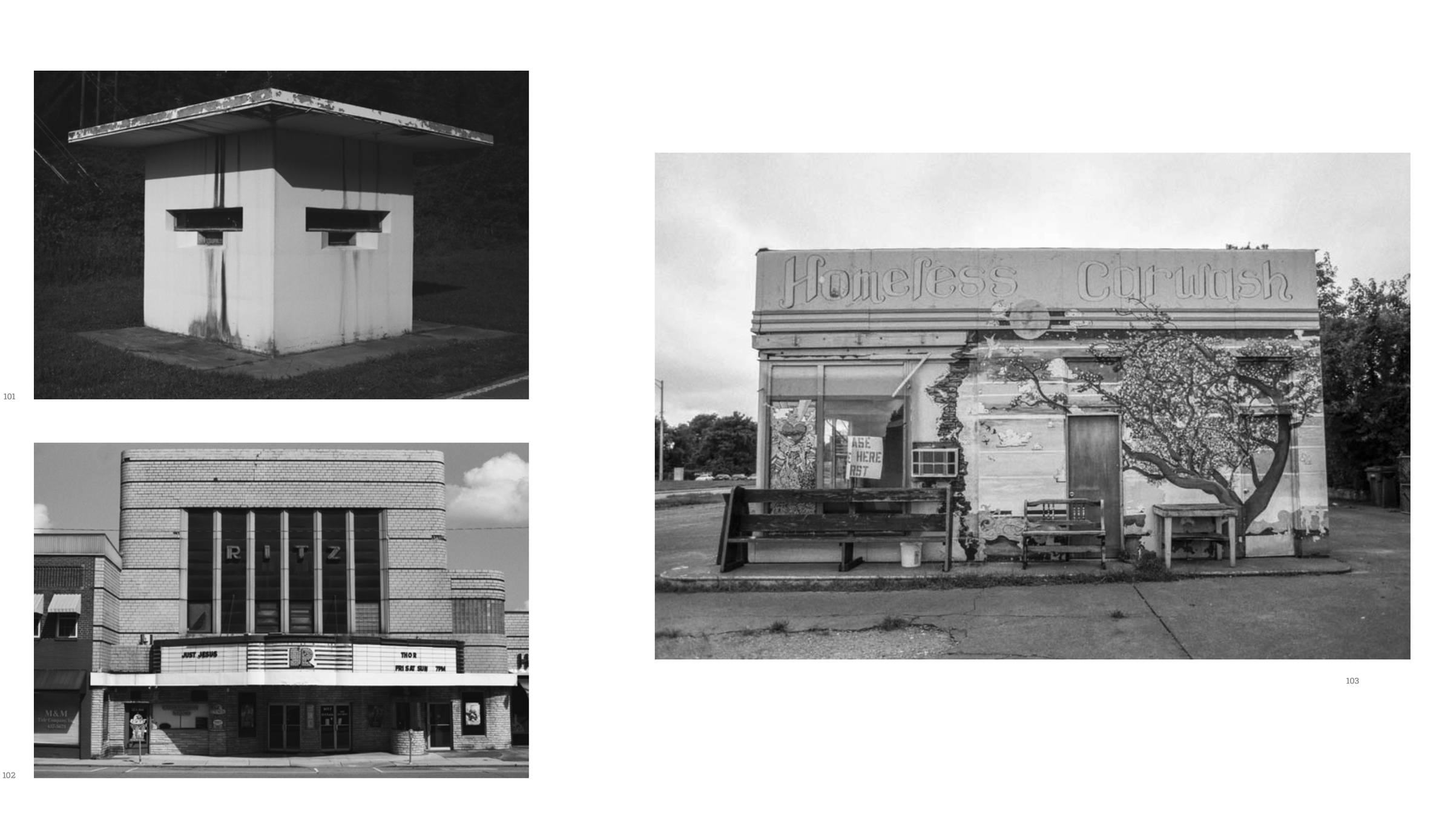
The List: Summer Reading (and Writing)
It’s been a busy year and I’m looking forward to all the upcoming stories and projects—big projects—that are launching and unfolding in the coming months. There is so very much to be grateful for these days. Thank you to everyone for patience as we have planned, explored, designed, built, and slowly worked forward. Even with all of this upcoming excitement, summer reading (and journaling) is in full force. Here are a few that are at the top of my list this week.
I’m in the process of taking a Masterclass with Ari Weinzweig and ZingTrain. Part of this wonderful class is a rereading of A Lapsed Anarchist’s Approach to Managing Ourselves: Zingerman’s Guide to Good Leading, Part 3. I find it just as inspiring the second time around—a decade after its release in 2013. You can also subscribe to Ari’s weekly newsletter and read the entire archive at no charge.
One of my favorite of Ari’s works is the small volume, Humility: A Humble, Anarchistic Inquiry, I picked up when visiting Ann Arbor in April. I have the gift of belonging to a weekly study group of brilliant women; this lovely work is now the centerpiece of our summer studies.
Dr. Ansely Quiros—neighbor, friend, writer for this Journal, journalist, Project Threadways board member, inspiring historian, professor, and so much more—recently wrote this very important piece for The Washington Post, “As in the 1950s, a grass-roots civil rights movement can reshape Tennessee,” At a recent dinner, she recommended On Our Best Behavior: The Seven Deadly Sins and the Price Women Pay to Be Good by Elise Loehnen for our book club. Also have a listen to Elise Loehnen’s great podcast Pulling the Thread.
She also loaned me a copy of Maggie Smith’s book, You Could Make This Place Beautiful. Ann Patchett wrote, “This book is extraordinary.” Enough said. This tiny chapter, page 19, sticks in my mind:
THERE’S KUBRICK, AND THEN THERE’S THIS
“I don’t have to understand everything, and I don’t believe understanding is owed me. I don’t get 2001: A Space Odyssey—fine. I can live with that. But my own life? It would be nice to get it.
And this brings me to the journal and journaling. I’ve scribbled in notebooks—mostly a Moleskine—since I was 15 years old. Earlier this year, at a board meeting for South Arts, I overheard John T. Edge and Elliot Knight—director of the Alabama State Council on the Arts (Project Threadways is a grateful grant recipient of this organization)—talking about the structure and organization of their notes, writings, and journals. I’m a fanatic about systems and love new ideas around organization, office supplies, writing implements, and journals. They were discussing the merits of the Leuchtturm1917 system and had lots to say that day about how they organize their thoughts. Inspired by their enthusiastic banter, I bought two and have started testing the process with the many pages of research and notes I’ve been taking the last months; I may be a convert.
Last but not least, our friend Pete Candler has a new photography collection titled The Road to Unforgetting: Detours in the American South 1997-2022, which includes some photographs taken as he passed through The Shoals in 2019.
Sally Mann, wrote, “Pete Candler and I share a deep and abiding love for the South, despite its troubled past and complicated present. The Road to Unforgetting is a nuanced and personal exploration of both, revealed by his words and his imagery to coexist poignantly, and perhaps uniquely, in the South.” Lovely.
Happy reading. Happy writing. Happy explorations. Happy summer.
xoNatalie
P.S.: Do you have a favorite journal system? Please share in the comments.

The Italian Edition: 1973-2023:
First off, Italo Calvino.
The Castle of Crossed Destinies was written in 1973 and the first of Calvino’s books that Natalie read (about a decade later in 1983). She spent the next few years reading through Calvino: Italian Folk Tales, The Baron in the Trees, Difficult Loves, and so many more— loving both the structure and whimsical freedom of the stories and words. Italo Calvino passed away in 1985, two short years after Natalie’s discovery of his work.
Last year, dreaming about Italy, she decided to try listening to Calvino—in Italian: Le città invisibili (Invisible Cities) and the more recently purchased Il castello dei destini incrociati (The Castle of Crossed Destinies). Italo Calvino became her new bi-lingual, cross-disciplinary teacher. In a lovely essay from 2022, Jhumpa Lahiri describes Calvino’s crafting of language as “an expressive kingdom belonging only to him.” The essay is a beautiful read and, at the same time, sheds insight on Lahiri’s own bi-lingual works: “Why Is Italo Calvino So Beloved Outside Italy?: On the Translatability and “Secret Essence” of Calvino’s Language”
And now it seems that Italo Calvino is everywhere. On March 6th, 2023, The New Yorker published “The Worlds of Italo Calvino,” by Merve Emre (there is a short audio listen included at the same link). This 2014 article from The Guardian has been circulating as well. It connects Calvino to Oulipo, a Paris-based group of creators who played with the structure of mathematics in combination with the freedoms of words and creativity.
Timing is everything, and it seems to be the time to read, listen, and savor Calvino. For those who love to judge a book by its cover, the Italo Calvino collection (or much of it) has been repackaged in what Merve Emre describes as a “pure-white cover [with] a curious shape cut into it.” Today, many book outlets bundle Invisible Cities with the inspiring The 99% Invisible City: A Field Guide to the Hidden World of Everyday Design by Roman Mars and Kurt Kohlstedt from the 99% Invisible podcast.
Secondly, Jhumpa Lahiri, and another favorite Italian-born book from last year.
Whereabouts is a quiet, poetic journey through a city, life, and life in relation to a city. This is Lahiri’s first book written in Italian, originally titled “Dove mi trovo,” and then translated to English—her primary language for writing. The audio book is available here and read by Susan Vinciotti Bonito. We see a beautiful connection between Lahiri’s structure of language and Calvino structure of mathematics.
Also, for the lovers of books and fashion: The Clothing of Books by Jhumpa Lahiri.P.S.: We obviously love the juxtaposition of mathematics, craft, geometry, and sewing (not to compare ourselves with the genius of Italo Calvino, rather as simple adoration). In synchronicity, we have the new Noto Collection that includes a pattern called the “Siena”; Calvino was born in the city of Siena, Italy.
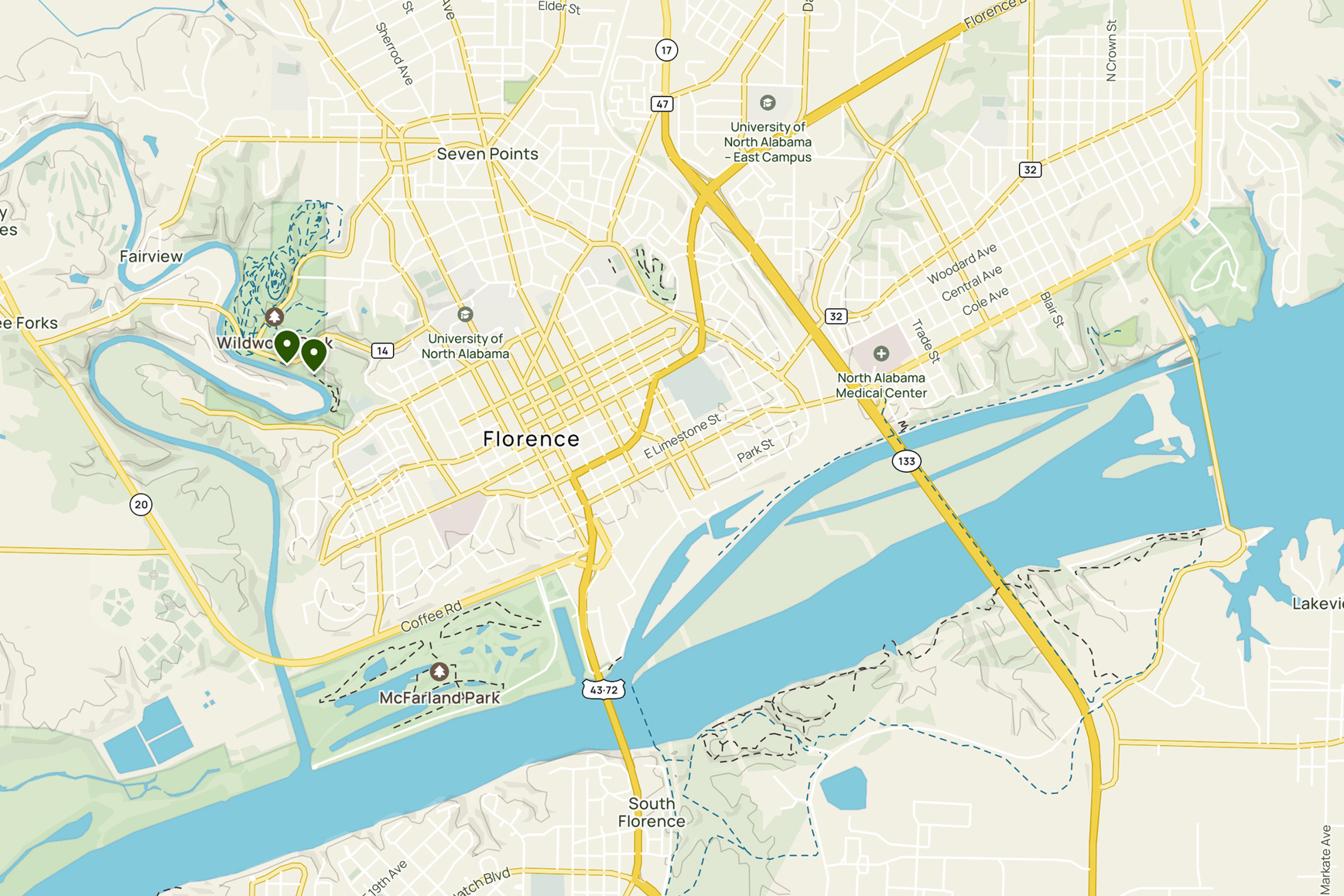
Natalie recently wrote a small piece that included, First, We Make the Beast Beautiful: A New Journey Through Anxiety, by Sarah Wilson. (Read the story here.)
Listen to this great interview of Dacher Keltner with Krista Tippett, and follow this with Keltner’s book, Awe: The New Science of Everyday Wonder and How It Can Transform Your Life.
Revisit Rollo May’s books, The Courage to Create and The Meaning of Anxiety.
Read Unraveling: What I Learned about Life While Shearing Sheep, Dyeing Wool, and Making the World’s Ugliest Sweater, by Peggy Orenstein, via Bookshop.org. Orenstein also wrote this interesting Opinion piece in the New York Times: “The Revolutionary Power of a Skein of Yarn.” All acts of making have the potential to change communities and the world.
(P.S.: Read about the Project Threadways Symposium: The Collective here.)
We LOVE Visual Thinking: The Hidden Gifts of People Who Think in Pictures, Patterns, and Abstractions by Temple Grandin—or listen to the audio version here.
Why We Sleep: Unlocking the Power of Sleep and Dreams by Matthew Walker—the audio version is beautifully narrated by Steve West.
After Matthew Walker’s book, listen to this deep dive into the science of sleep: “Dr. Gina Poe: Use Sleep to Enhance Learning, Memory & Emotional State” on the Huberman Lab podcast. Be prepared to take notes.
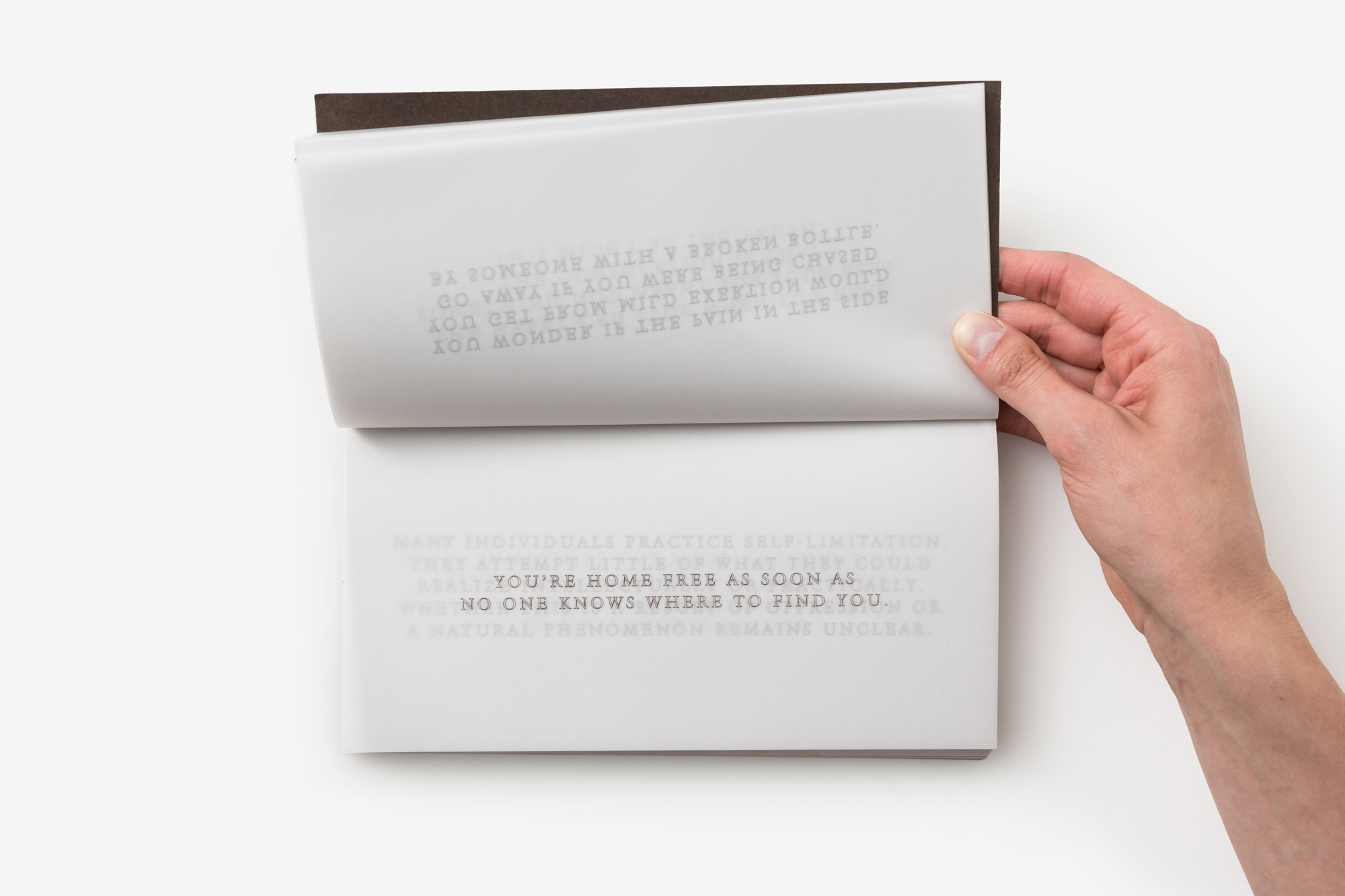
The Late 2022 & Early 2023 List:
Trust by Hernan Diaz
Novelist as a Vocation by Haruki Murakami
Matrix by Lauren Groff
The Christie Affair by Nina de Gramont
The Violin Conspiracy by Brendan Slocumb
I’m Glad My Mother Died by Jennette McCurdy
(Reading again) The Recovering: Intoxication and Its Aftermath by Leslie Jamison
And this New Yorker article about the book.
“How to Set & Hold Boundaries” with Melissa Urban. Available on Apple Podcasts, Spotify, Stitcher, or wherever you stream.
“The Science of Happiness” with Arthur Brooks and Peter Attia. Listen here or on your favorite streaming platform.
Living by Jenny Holzer is a publication of “Truisms” which artist Jenny Holzer wrote anonymously, shared, and continues to share publicly as sheets of paper adhered to phone booths, marquee signs, projected onto buildings, and large-format letters trailing airplanes.
“Turn soft and lovely any time you have a chance”
“All things are delicately interconnected”
“Life is not a rehearsal”
“It is in your self-interest to find a way to be very tender”
Purchase a limited-edition copy of Living here. Learn more about Holzer’s work and life here. Explore some of her iconic Truisms via the Museum of Modern Art and Archives of Women Artists Research & Exhibitions.

Beautiful, honest, raw, and inspiring, Finding Me, written and read by Viola Davis is a treasure. Davis won a Grammy Award for her narration of the book—earning her the well deserved “EGOT” status (Emmy, Grammy, Oscar and Tony). Listen on Libro.fm and support your local bookstore.
Cassandra Speaks by Elizabeth Lesser: “When women are storytellers, the human story changes.” A book that we return to over and over again—words matter, language matter, how we speak (and listen) to one another matters. Listen to Cassandra Speaks on Librio.fm.
How to Tell a Story: The Essential Guide to Memorable Storytelling from The Moth by Meg Bowles, Catherine Burns, Jenifer Hixson, Sarah Austin Jenness, and Kate Tellers. Congratulations to our friends at The Moth for their newest book landing on The New York Times Best Sellers list. Read our interview with Catherine Burns, our Alabama sister and Artistic Director of The Moth, here.
Woo Who? May Wilson from New Day Films:
When her husband informs her, after 40 years of marriage, that his future plans no longer include her, May Wilson, age 60, former “wife-mother-housekeeper-cook” and a grandmother, moves to New York City and discovers an independent life of her own for the first time in which the art, that had once been a hobby, becomes central. —New Day Films
Paired with this book: Ray Johnson c/o, an exploration of the collage and pop artist’s collection at The Chicago Institute of Art. Learn more about the life and work of Ray Johnson, “New York’s most famous unknown artist,” and friend of May Wilson.
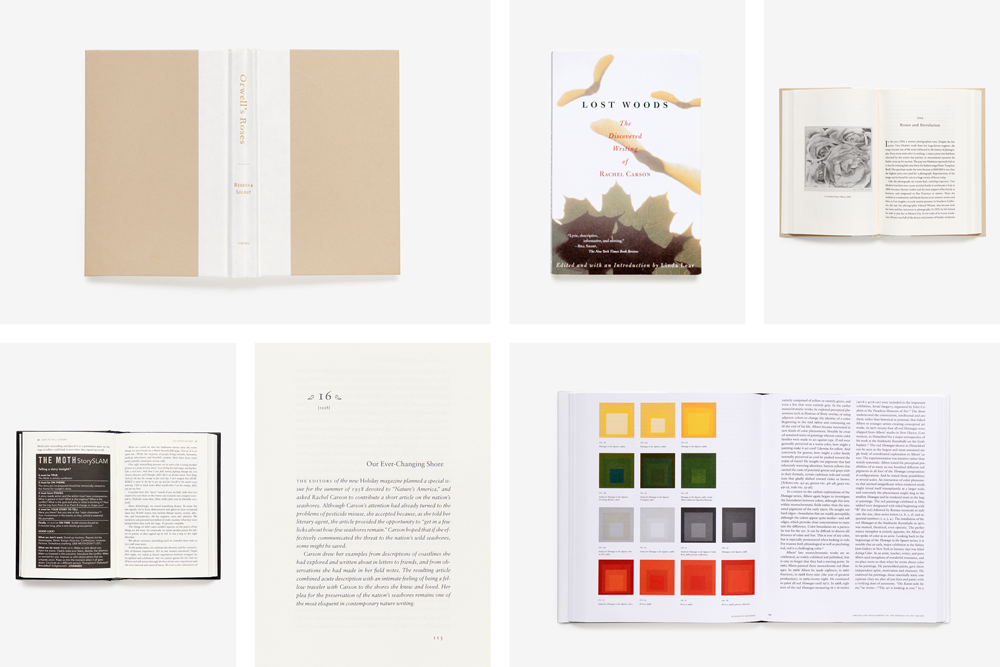
In Orwell’s Roses, Rebecca Solnit offers an endearing portrait of George Orwell, the radical twentieth-century dystopian novelist who displays a capacity for hope through the act of planting and tending to his roses.
A beloved favorite for all of us at Alabama Chanin and The School of Making, A Field Guide to Getting Lost by Rebecca Solnit is a series of autobiographical essays that explore navigation, an ever-present theme in the human experience. The path toward knowing oneself is most often found when we approach the unfamiliar terrains of wilderness, relationships, and life with open hearts and a sense of wonder.
One of Natalie’s favorite reads, Why Fish Don’t Exist: A Story of Loss, Love, and the Hidden Order of Life, written and read by Lulu Miller, makes taxonomy and intriguing science. Miller is a Peabody Award-winning science journalist and co-host of the beloved Radiolab podcast. Listen on Libro.fm and support your local bookstore.
The Women Who Revolutionized Fashion: 250 Years of Design by Madelief Hohé and the Peabody Essex Museum. (Full disclosure: Alabama Chanin and Natalie Chanin are very honored to have been included in this book. Congratulations to our friends at the Peabody Essex Museum on receiving the Richard Martin Exhibition Award from the Costume Society of America for this exhibition. Tour Made It: The Women who Revolutionized Fashion online here.
Lost Woods: The Discovered Writing of Rachel Carson previously uncollected writings from the ecologist, biologist, and inspiring human, Rachel Carson. Also read, “The Right Way to Remember Rachel Carson” by Jill Lepore for The New Yorker. Listen: The Kitchen Sisters Present podcast, available on Apple Podcasts, Spotify, Stitcher, kitchensisters.org, or wherever you prefer to stream. Read: Hidden Kitchens: Stories, Recipes, and More from NPR’s the Kitchen Sisters. Listen to select stories from the series here. Davia Nelson and Nikki Silva, “The Kitchen Sisters”, are radio producers, historians, and storytellers who have been recording the lives, recipes, and journeys—in and out of the kitchen—that have shaped today’s culture. Learn more about The Kitchen Sisters and explore their vast body of work and latest projects.
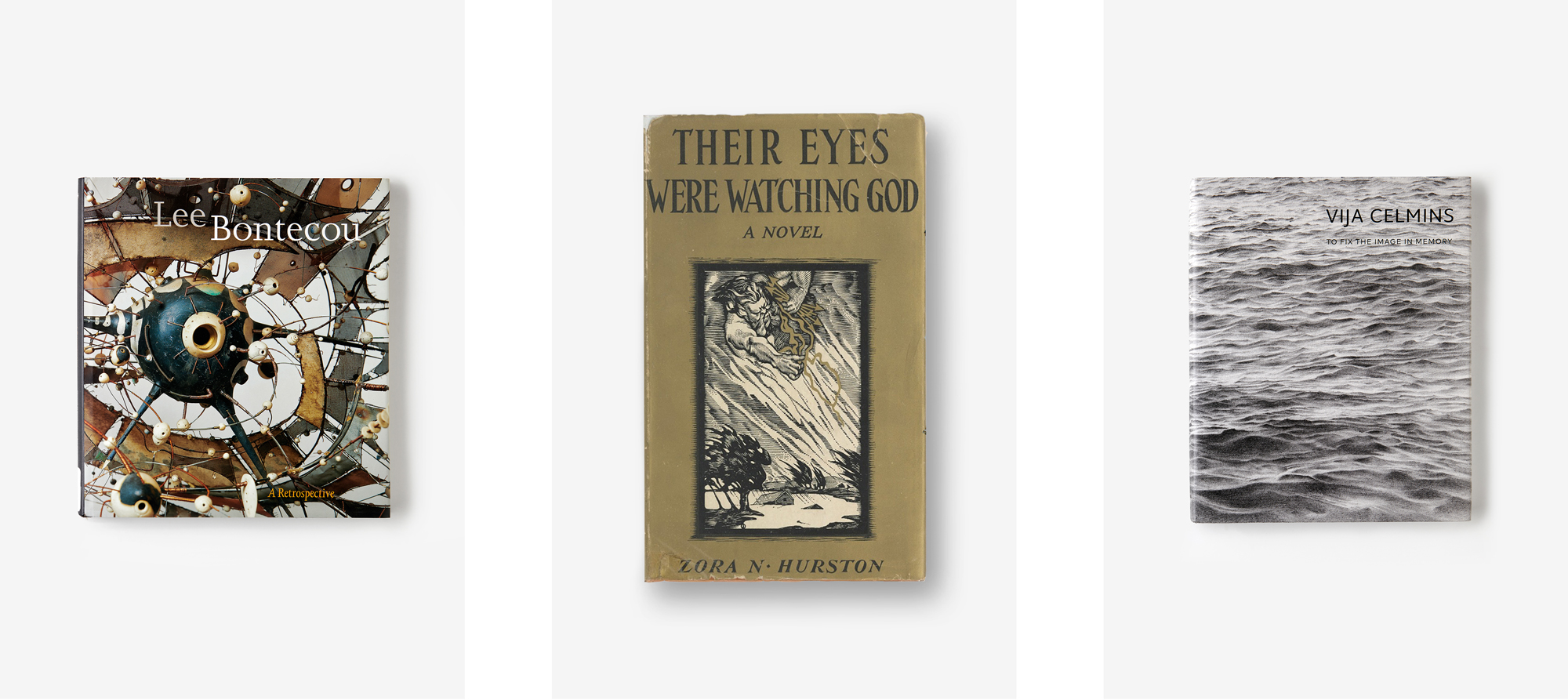
Always and forever, once a year: Their Eyes Were Watching God by Zora Neale Hurston. The audio version of Hurston’s seminal work is performed by the brilliant actress, poet, playwright, screenwriter, journalist, and civil rights activist Ruby Dee, and is one of the very best performances of an audio
Vija Celmins: To Fix the Image in Memory edited by Gary Garrels. Learn more about the 2019 exhibition from The Metropolitan Museum of Art, and view more of Celmins’ works. Read Natalie’s essay on creative process and Vija Celmins as inspiration.
Lee Bontecou: A Retrospective is an all-time favorite. Learn more about the 2004 retrospective exhibition from The Museum of Modern Art, and view more of Bontecou’s works. Read #ThoseWhoInspire: Lee Bontecou and Natalie’s essay on creative process and Lee Bontecou as inspiration.

Werner’s Nomenclature of Colours: Adapted to Zoology, Botany, Chemistry, Minerology, Anatomy, and the Arts by Patrick Syme, is the book Charles Darwin referenced to describe the colors he saw in nature during his voyage sailing around the world from 1831–1836 aboard the H.M.S Beagle. Read more about “The Book that Colored Charles Darwin’s World” via The New Yorker.
On Color by David Scott Kastan and Stephen Farthing
Pantone: The 20th Century in Color by Leatrice Eiseman and Keith Recker
Josef Albers: Interaction, edited by Heinz Liesbrock and Ulrike Growe
Interaction of Color by Josef Albers
The Secret Lives of Color by Kassia St. Clair
An Atlas of Rare and Familiar Colour: The Harvard Art Museums’ Forbes Pigment Collection
Image 1: Fashioning America: Grit to Glamour, edited by Michelle Tolini Finamore.
Image 2: Pages 101-103 from The Road to Unforgetting: Detours in the American South 1997-2022, by Pete Candler, 2023 | 103, Homeless Car Wash, Sheffield, Alabama 2019
Image 3: The Art of Embroidery: Inspirational Stitches, Textures, and Surfaces by Françoise Tellier-Loumagne
